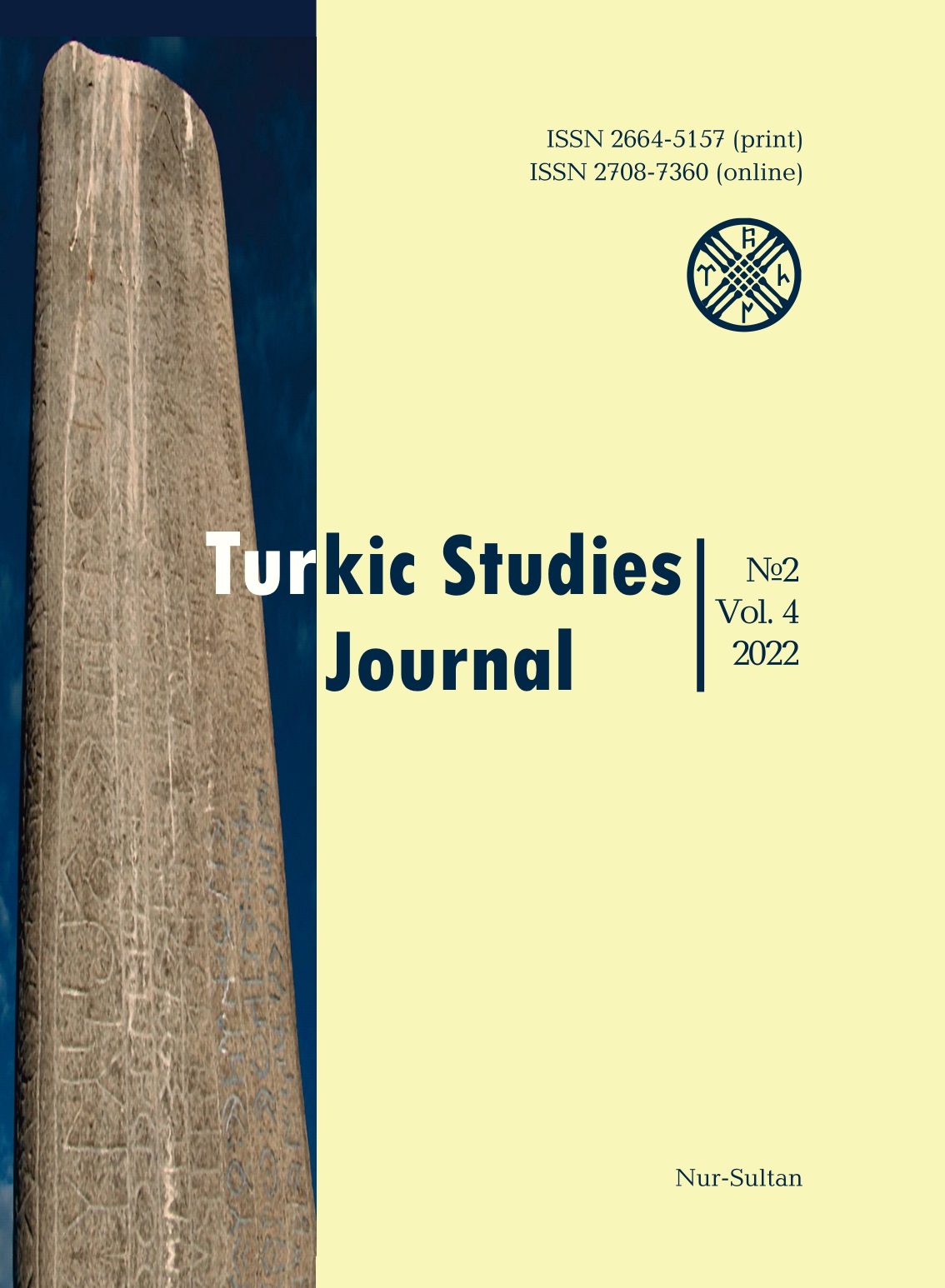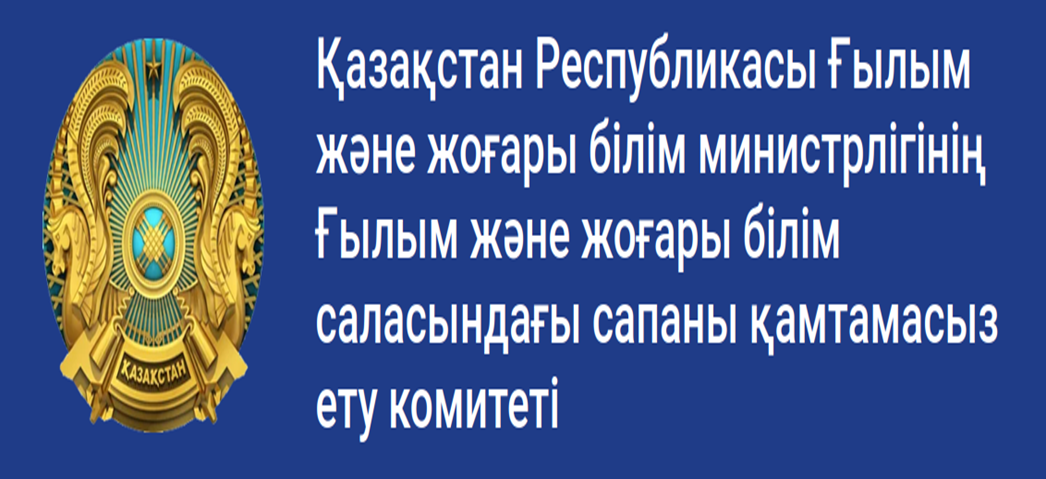The Shamanism in Altai and Tuva from past to present: Universal and Local Aspects
Views: 276 / PDF downloads: 578
DOI:
https://doi.org/10.32523/2664-5157-2022-2-22-34Keywords:
Shamanism, Islam, Christianity, Buddhism, Burhanism, Communism, Oppressionviolence, ResistanceAbstract
Shamanism is a system composed of various elements of culture and belief,
created by people to understand life and come to grips with what is happening
around them. It has an elaborate structure in terms of existing in well-rounded
communities. It has various features that have different aspects compared to
the different times and conditions of the society. It also adopts local beliefs
and the beliefs of the surrounding tribes. Shamanism allows everyone to have
a religious concept and to have his or her own God or Gods. The technique
of trance, also called «ecstasy», is an essential part. It is based on the worship
of magic, curses, divination, polytheism, ancestral spirits and nature beings.
Those who practice and teach shamanism are called Kam/Shaman. To some
they are magicians, witch doctors, illusionists and to others they are oracles,
doctors, sages, philosophers, pagan priests, fortunetellers and storytellers.
Attempts have been made to either control or abolish shamanism and shamans
because many of their characteristics are in opposition to other belief systems
such as Confucianism, Buddhism, Islam, Christianity and communist ideology.
In addition, the economic suffering caused by the constant blood sacrifices of
the society who live on herding led to the emergence of Burhanism among the
Altaians, another factor that weakened shamanism from within. Over time,
shamanism acquired a status that the oppression of the shamans who led their
communities sought to end. Despite all this, shamanism resisted the pressure
and disguised itself when necessary. It always managed to update itself and has
survived with some changes until today.


























